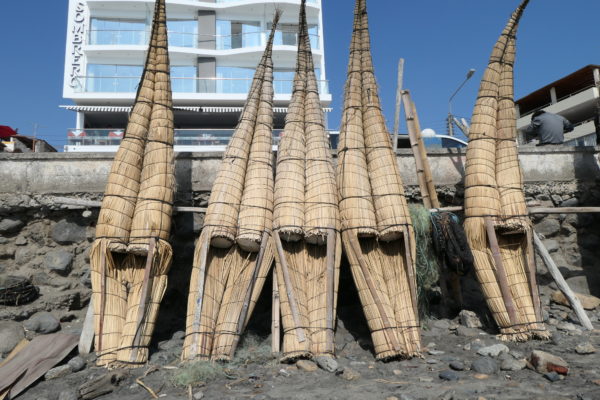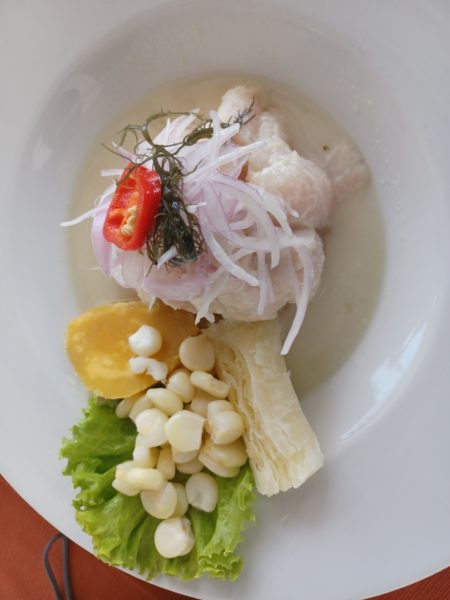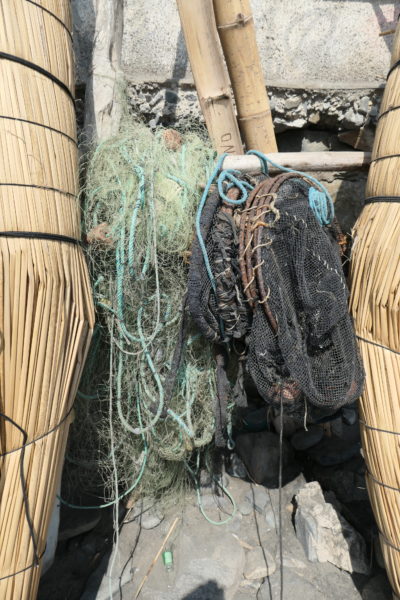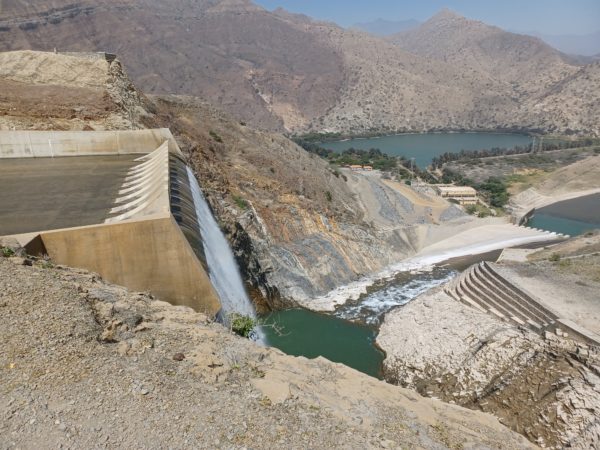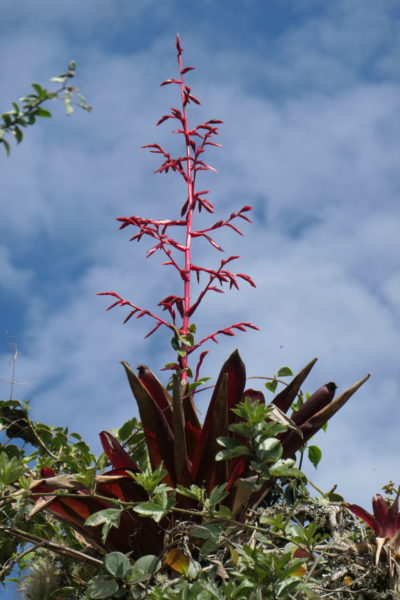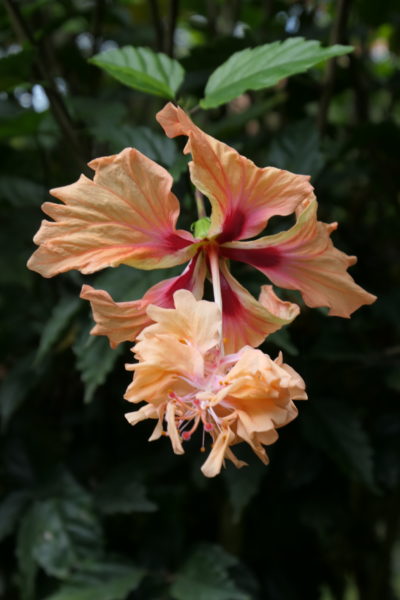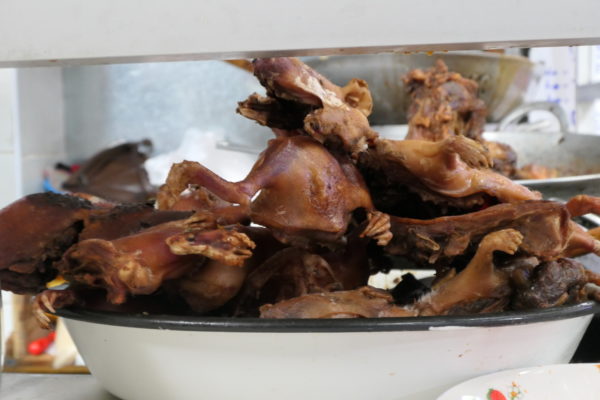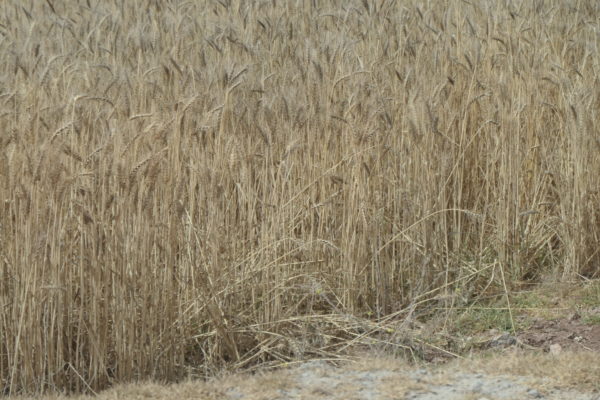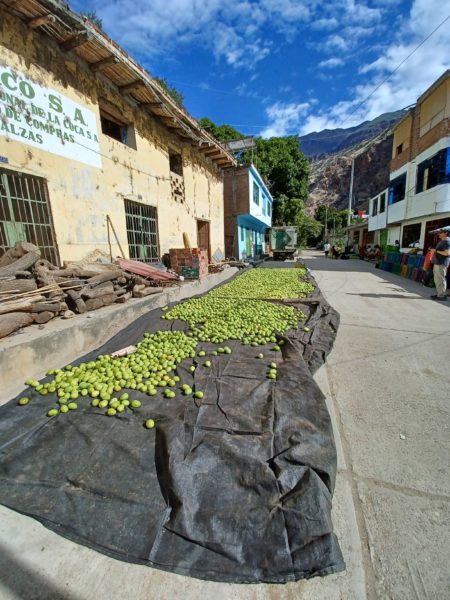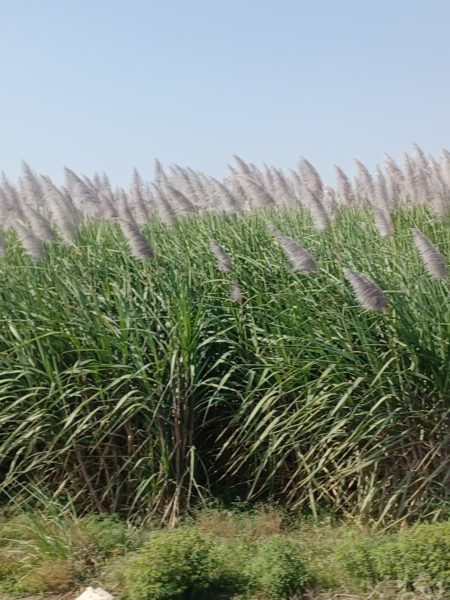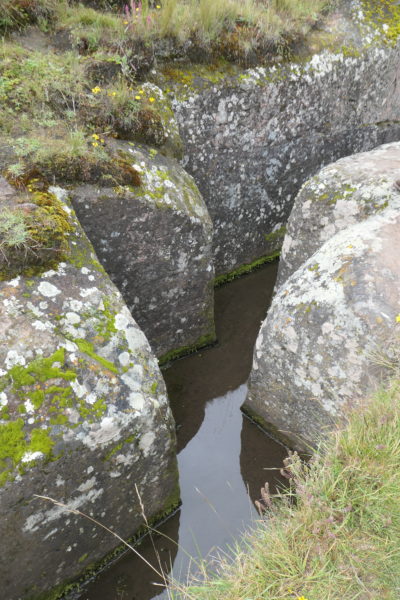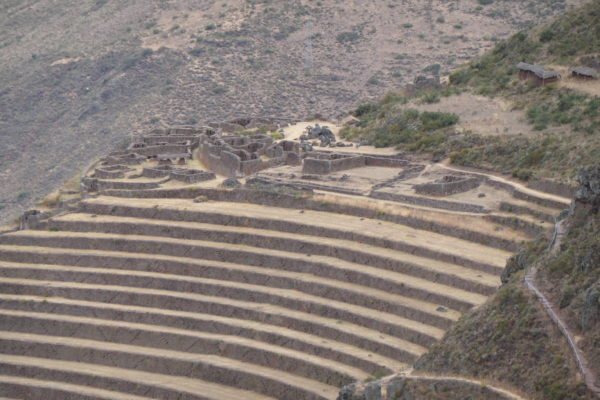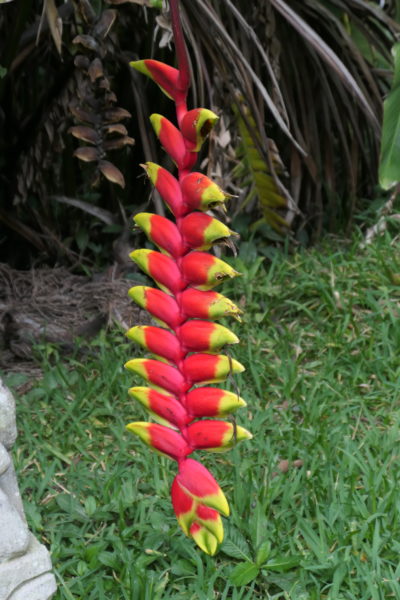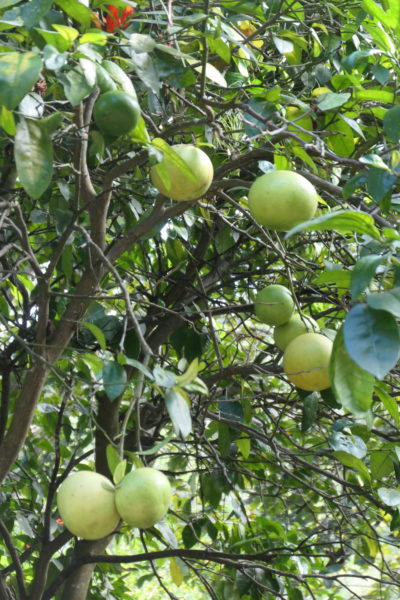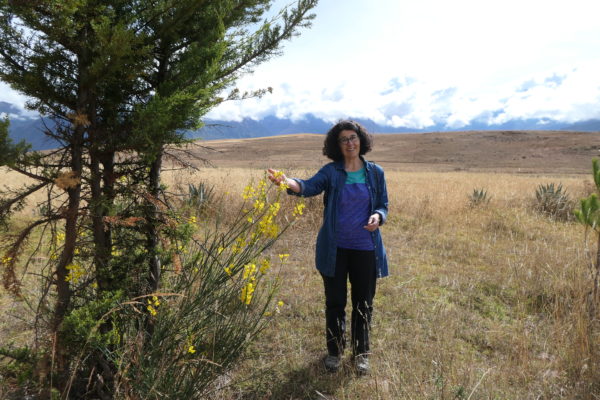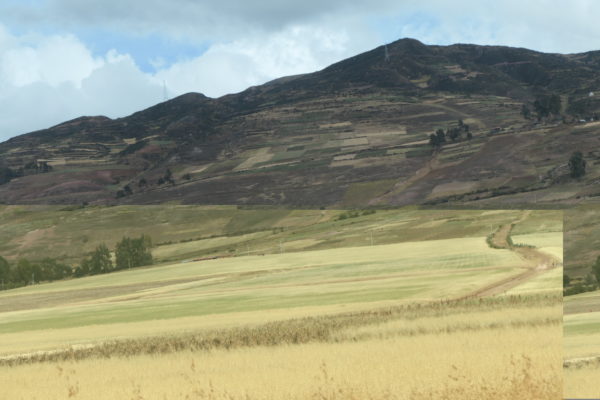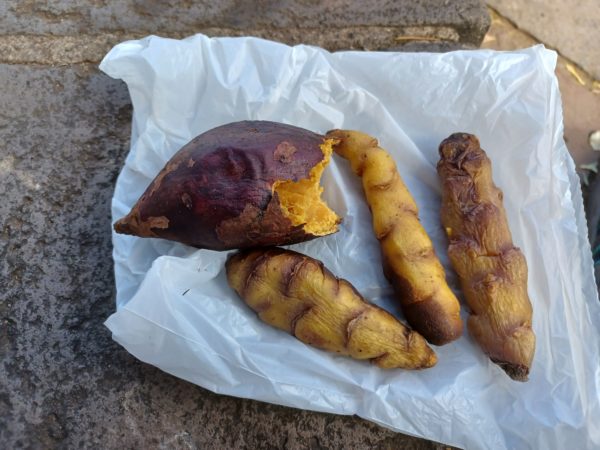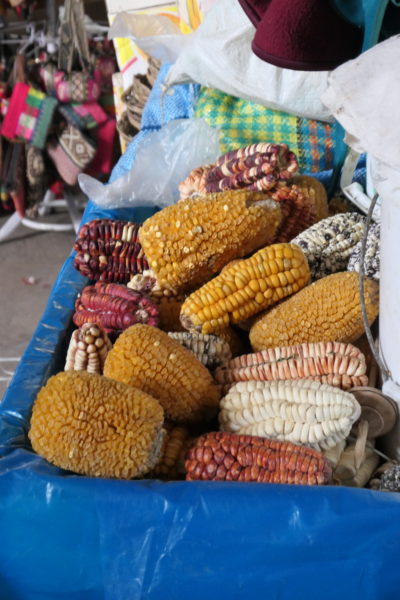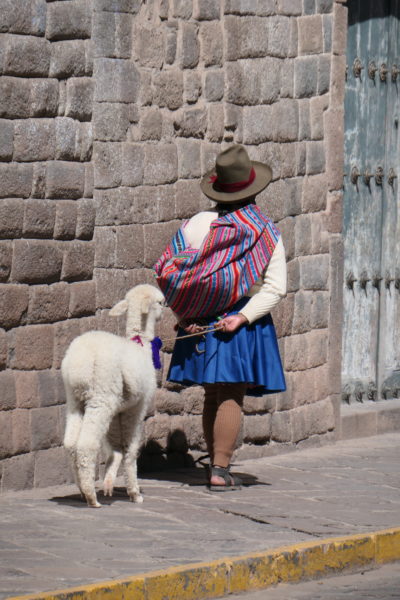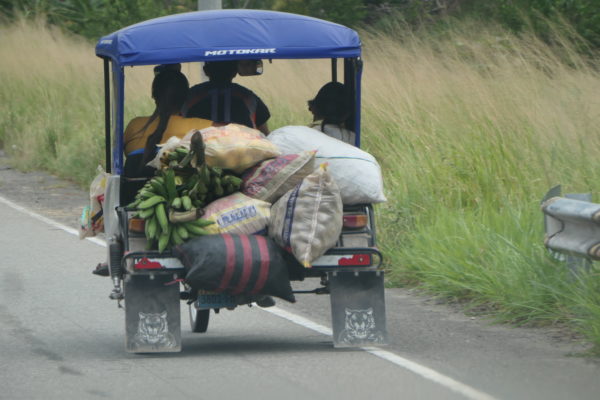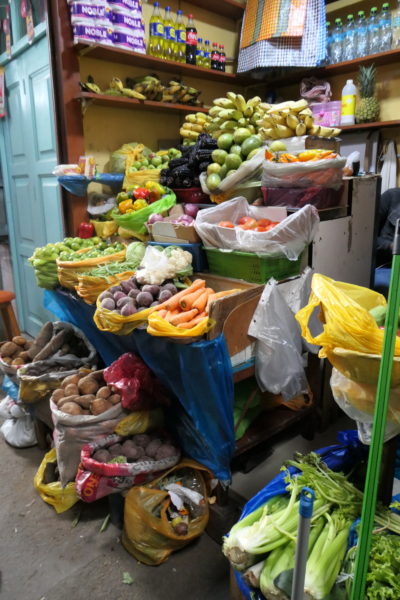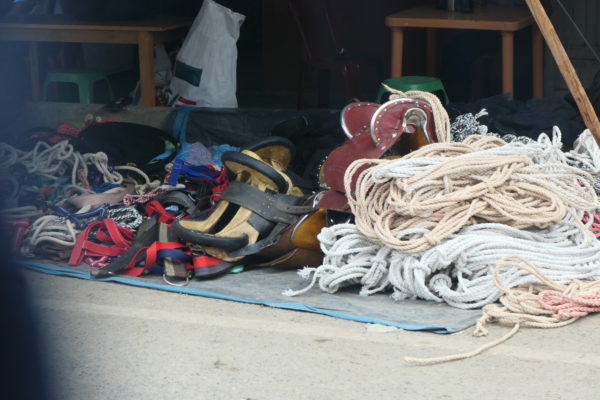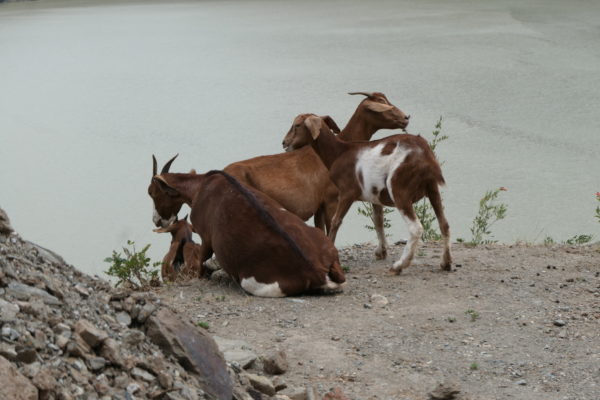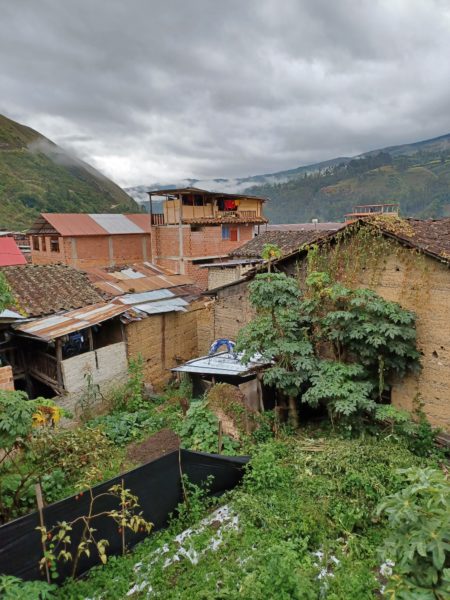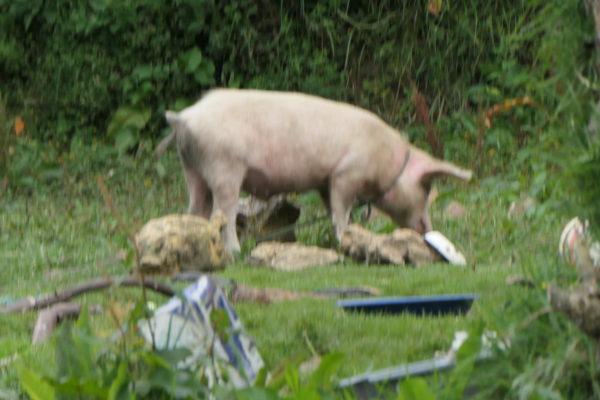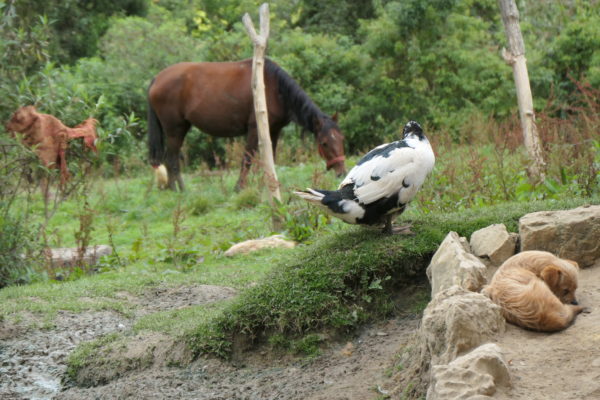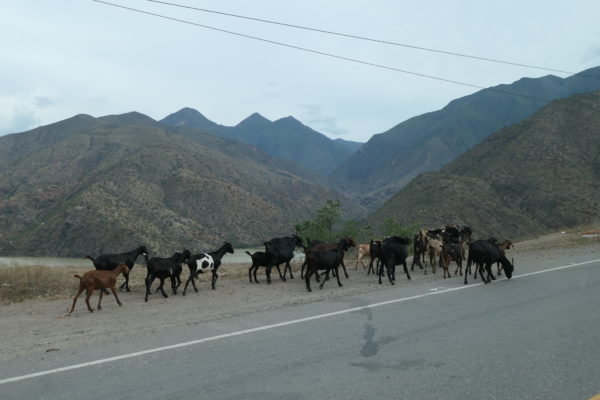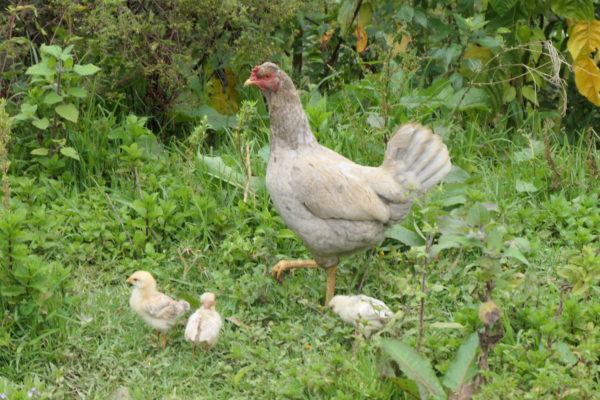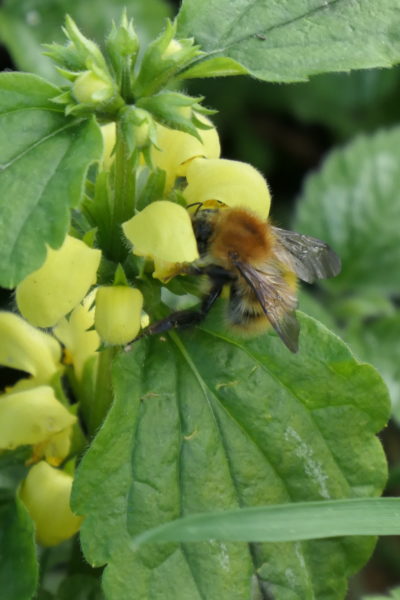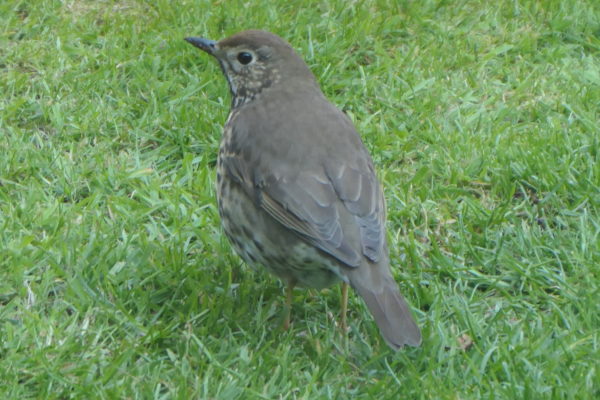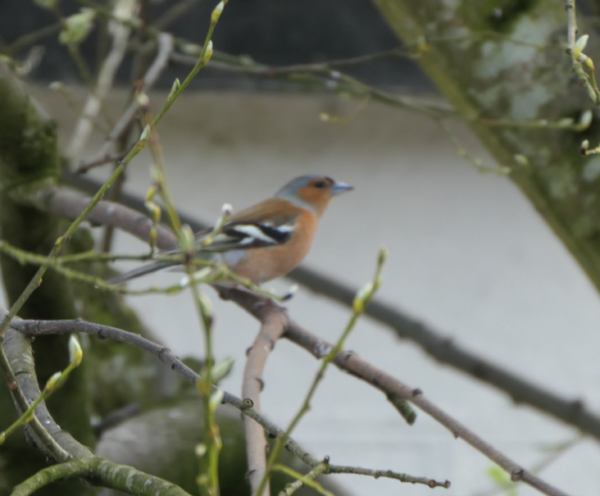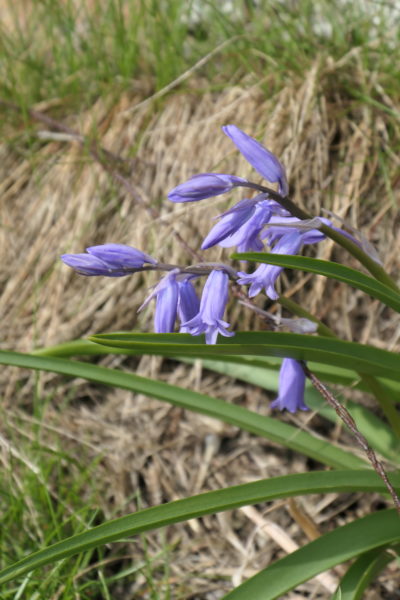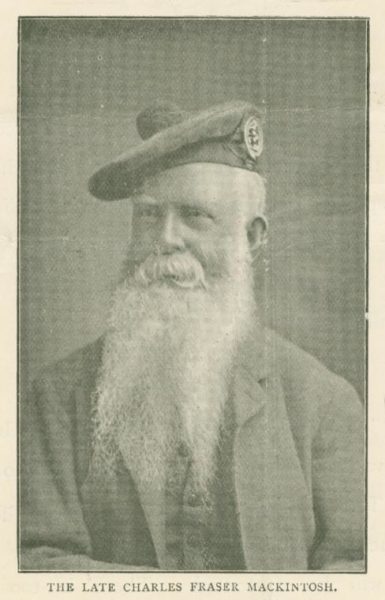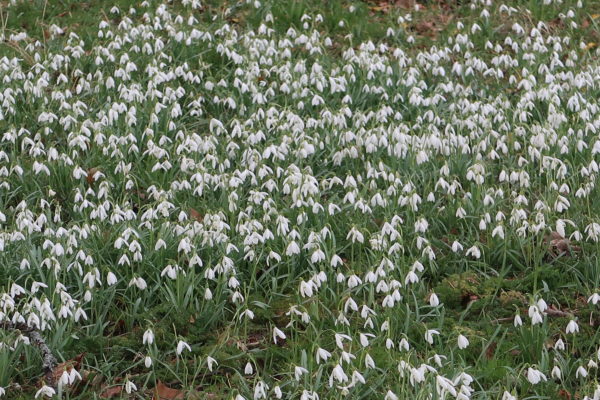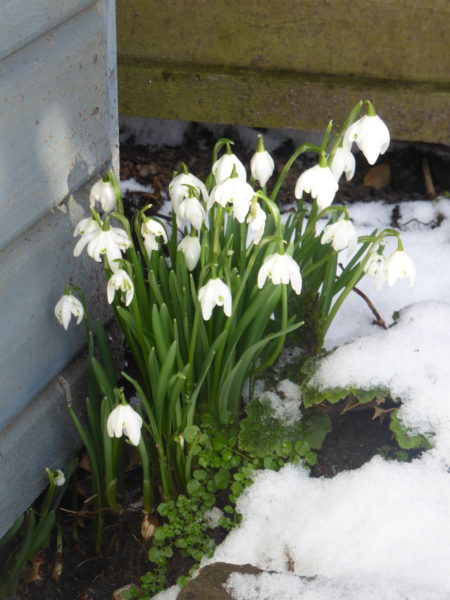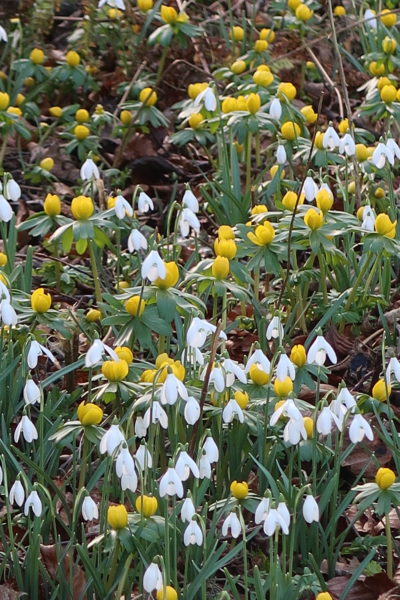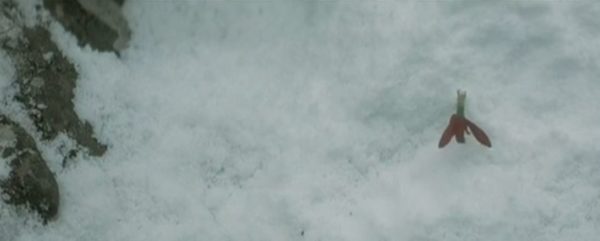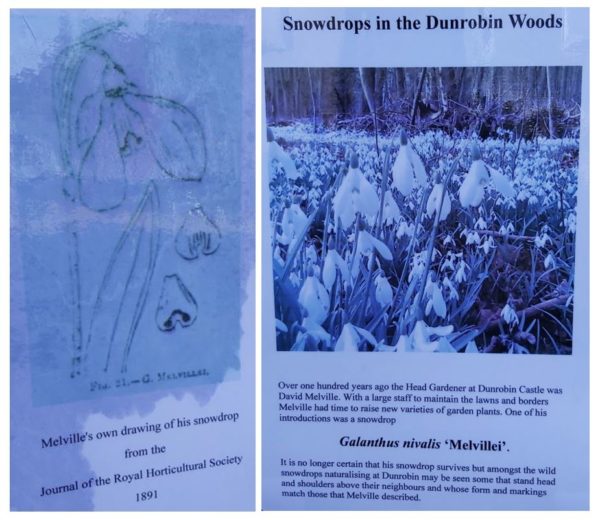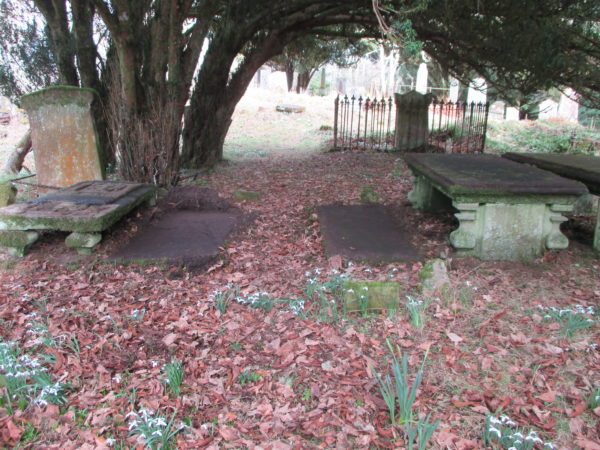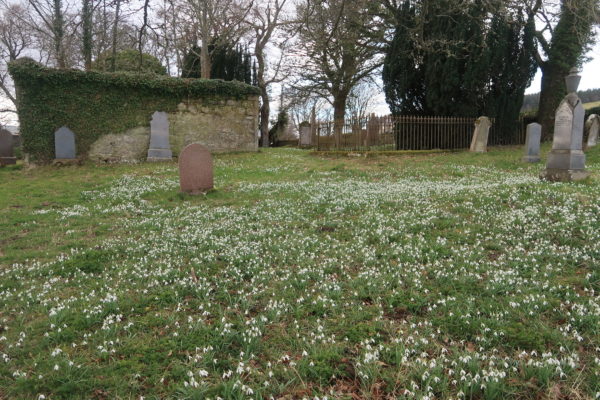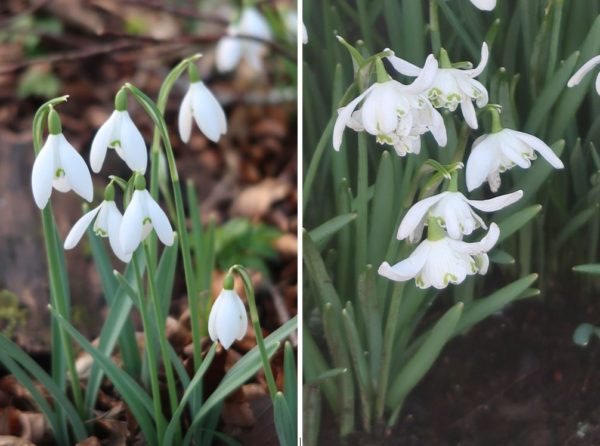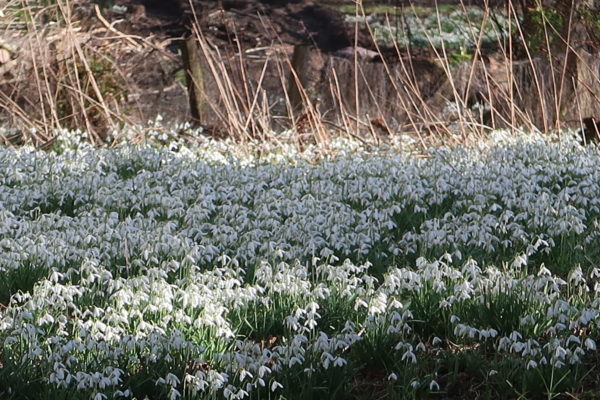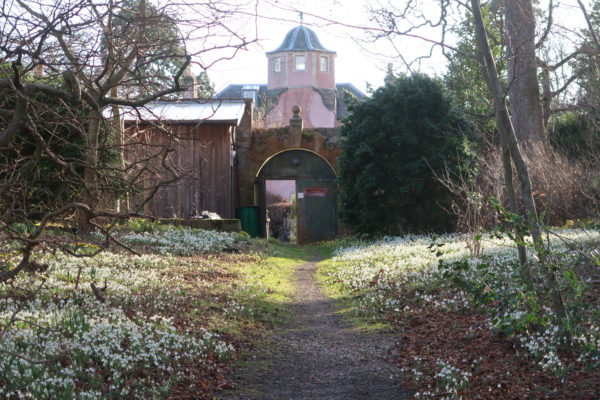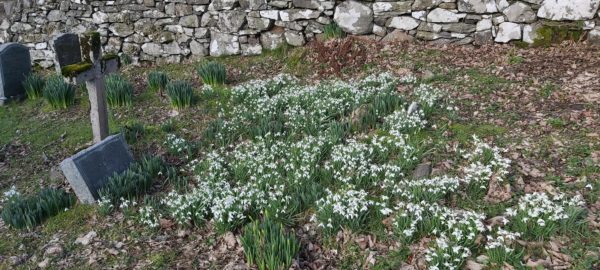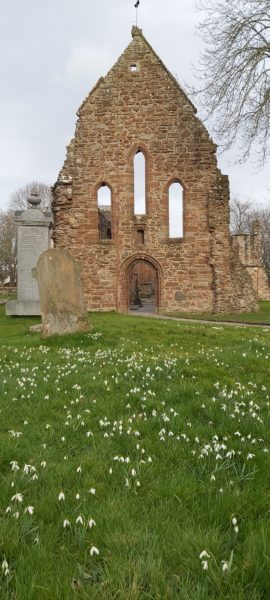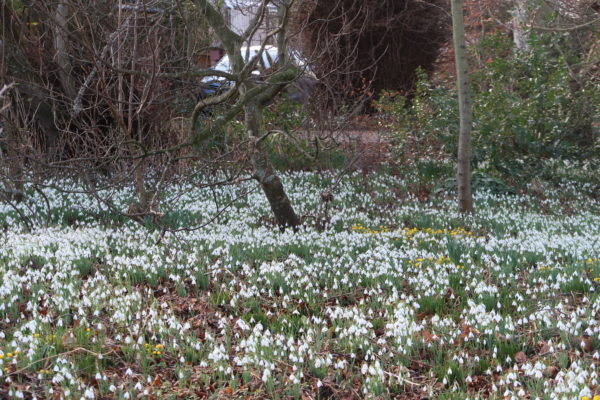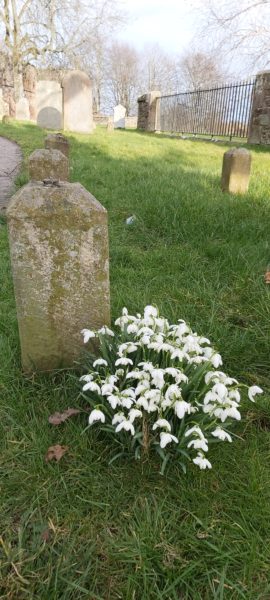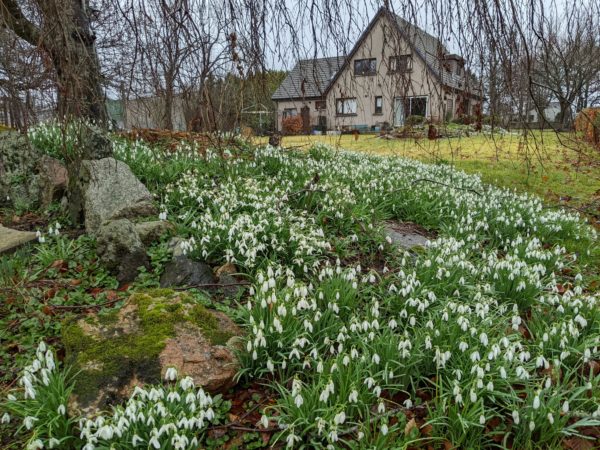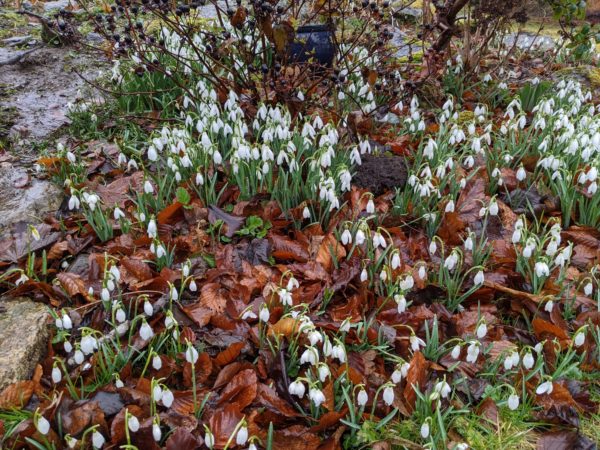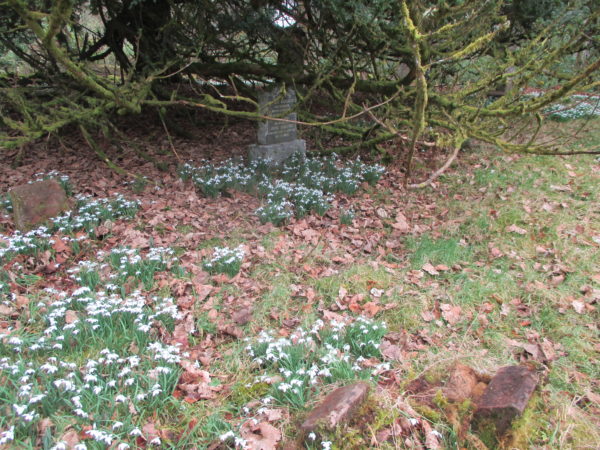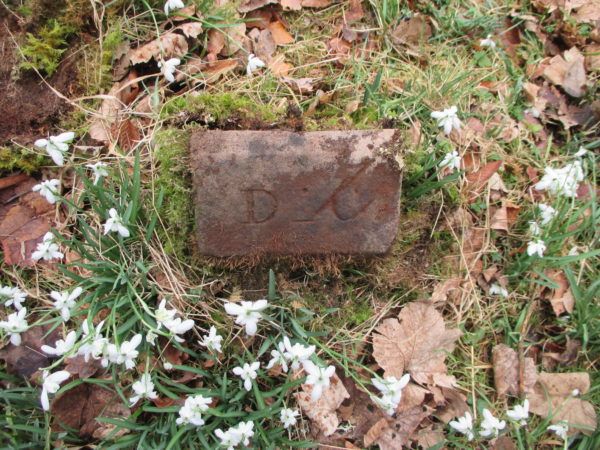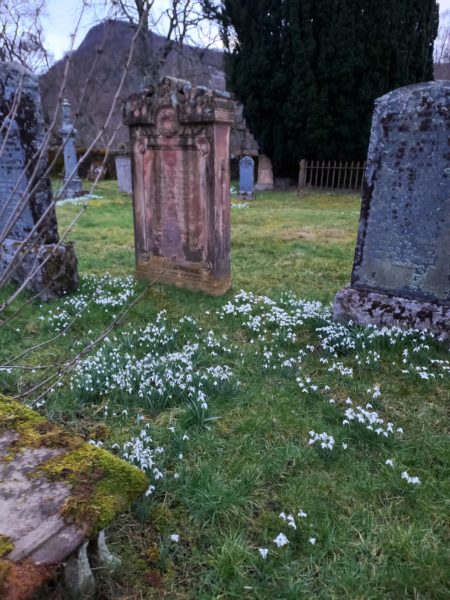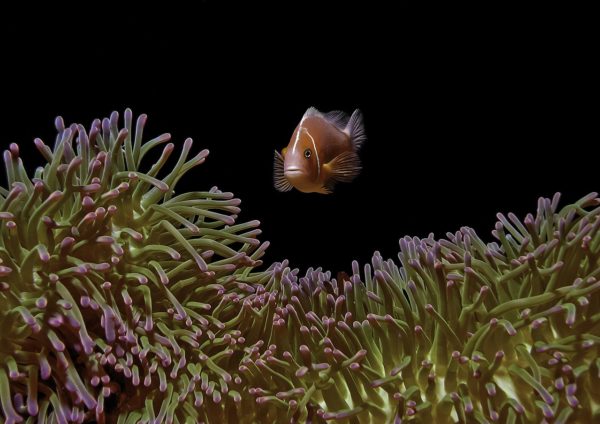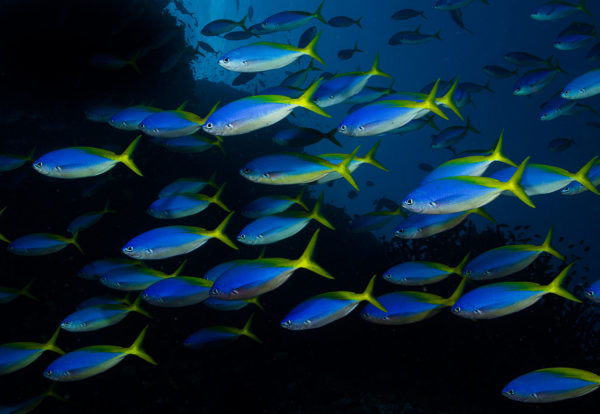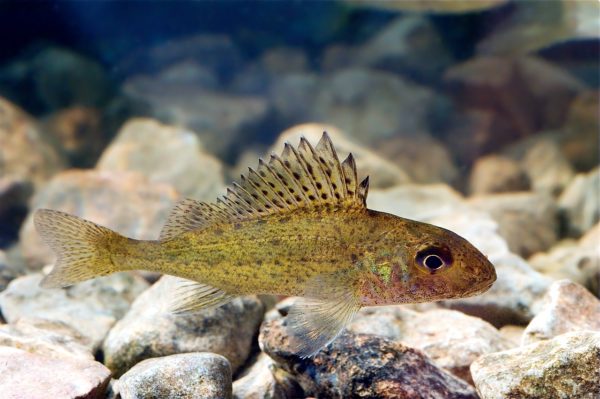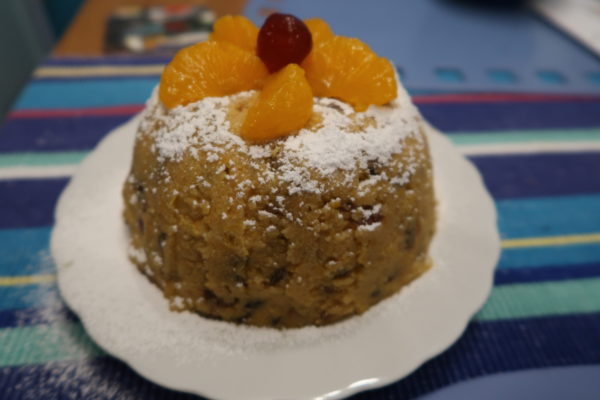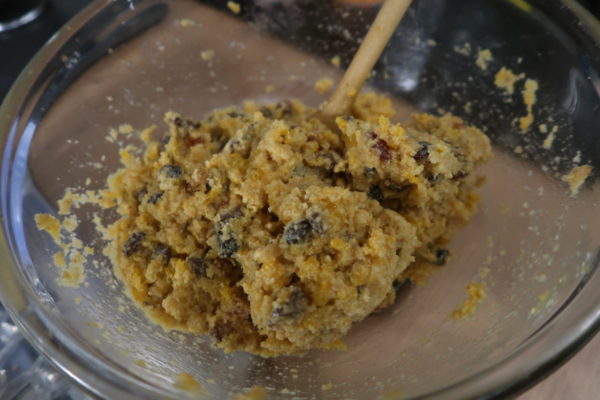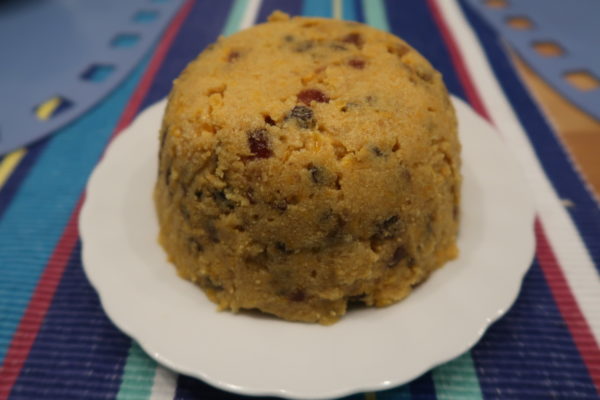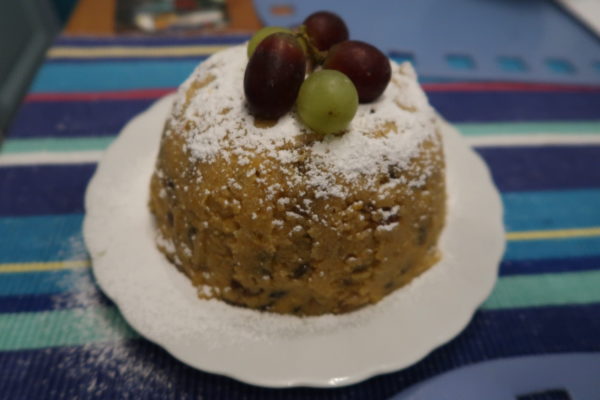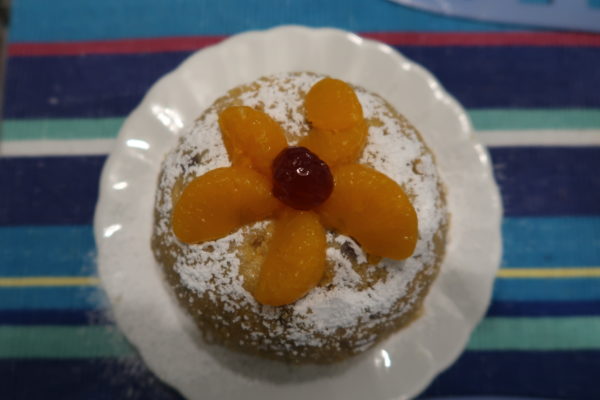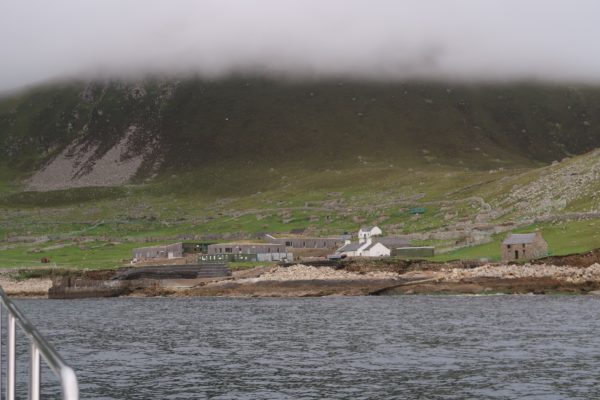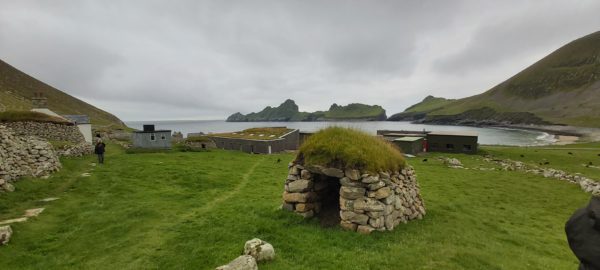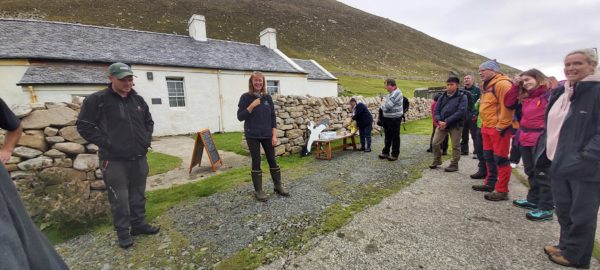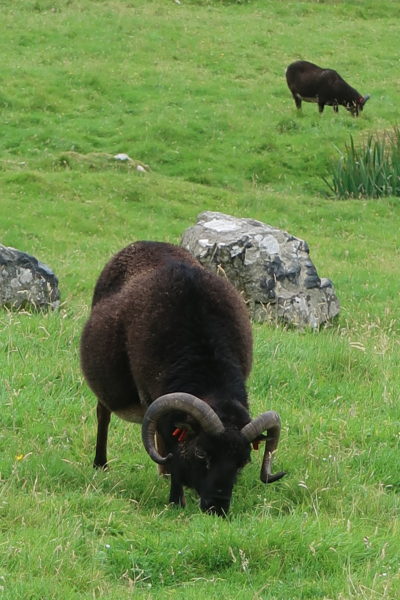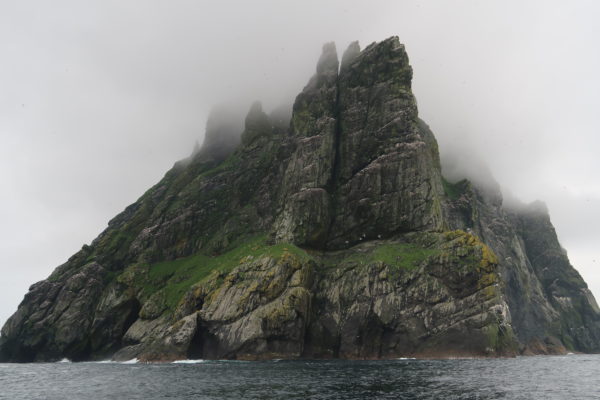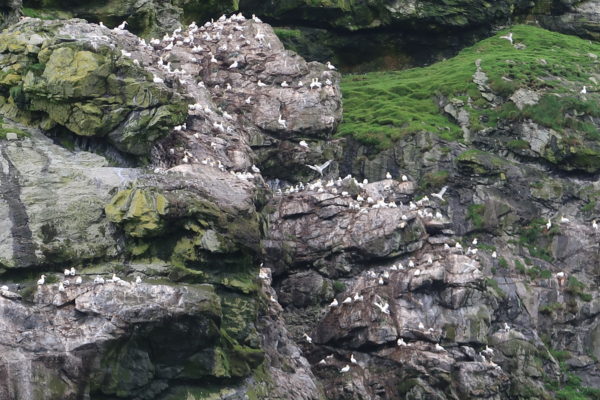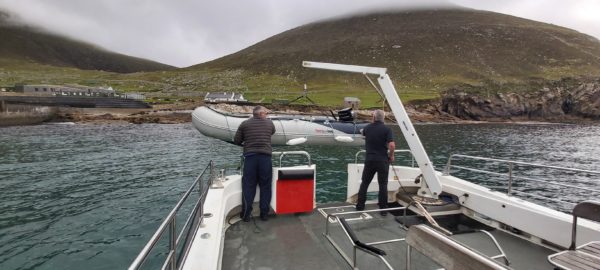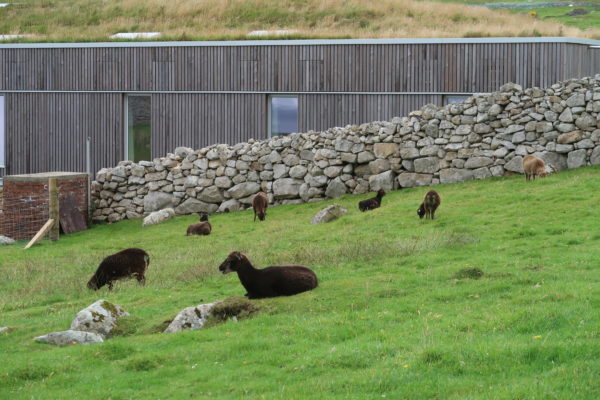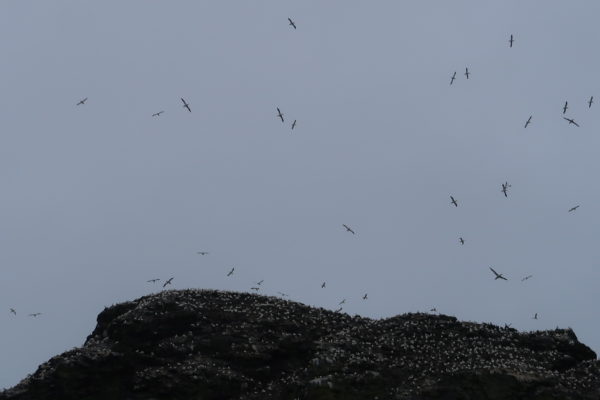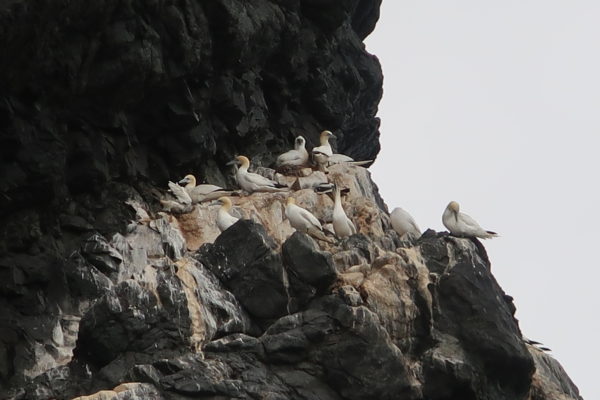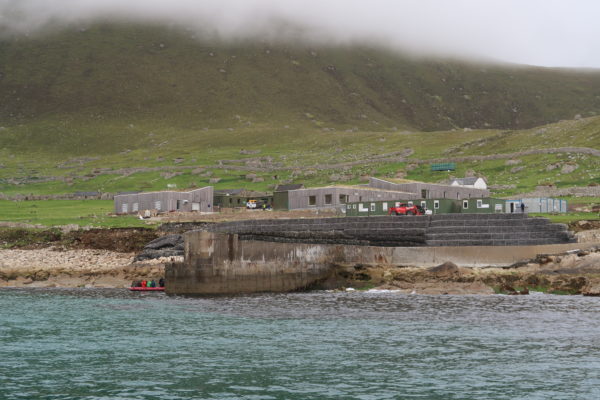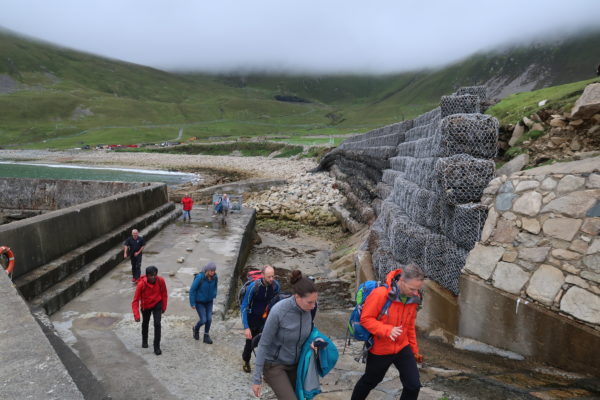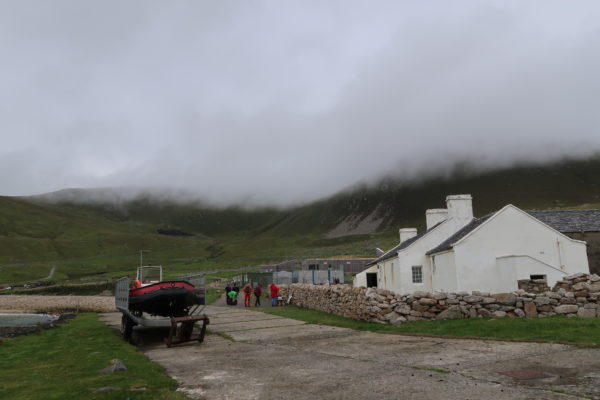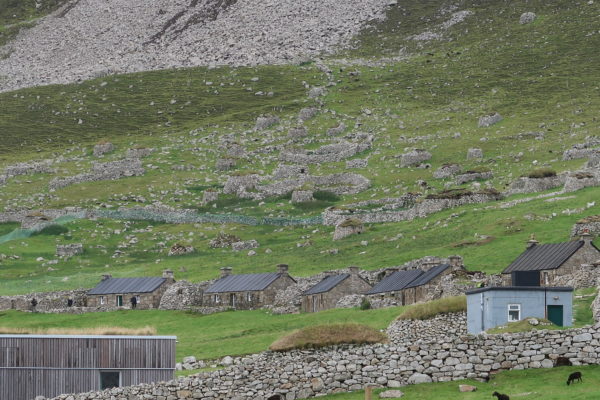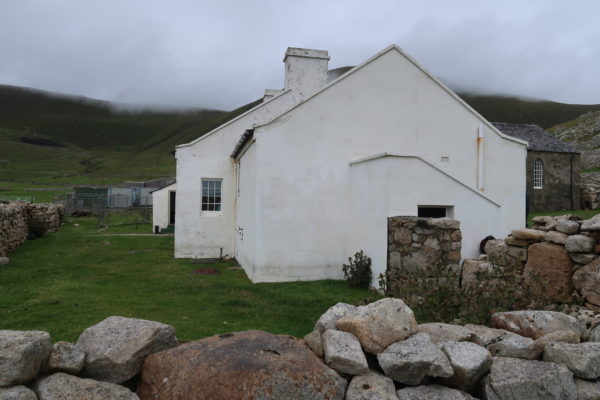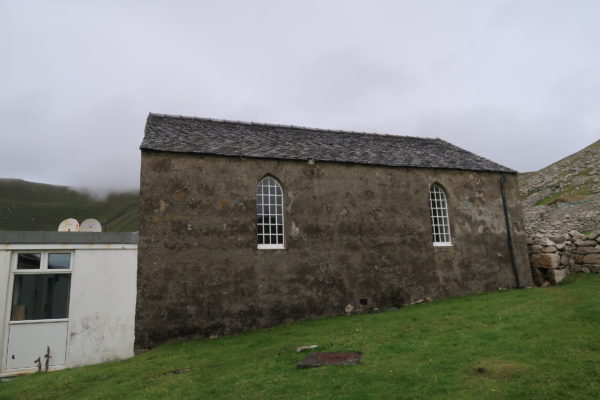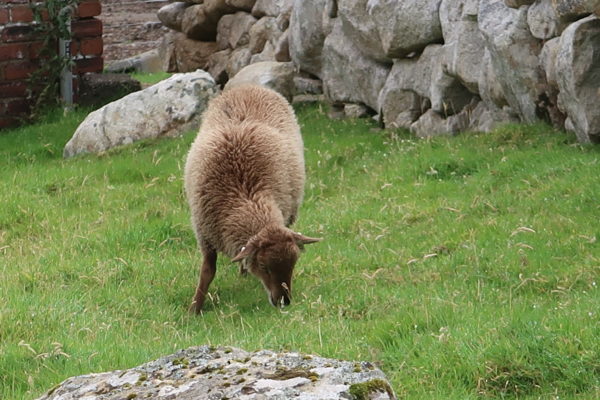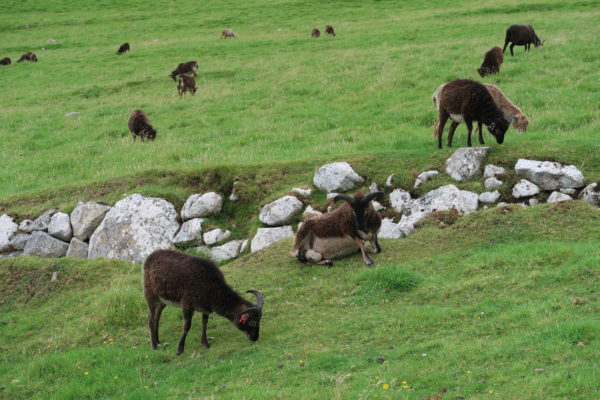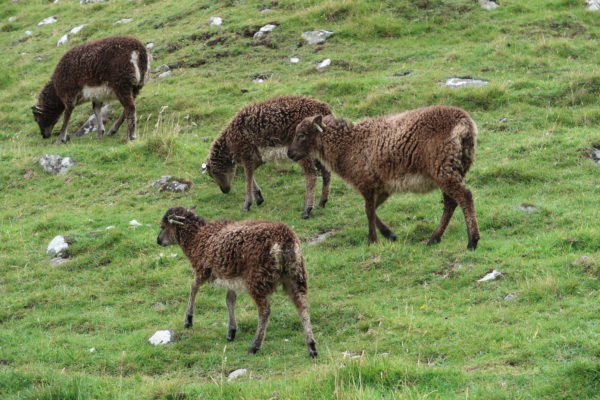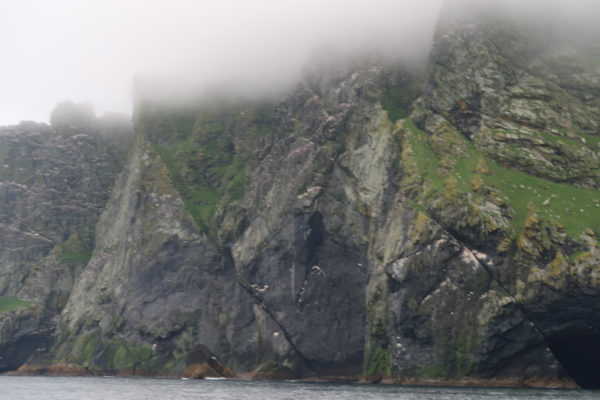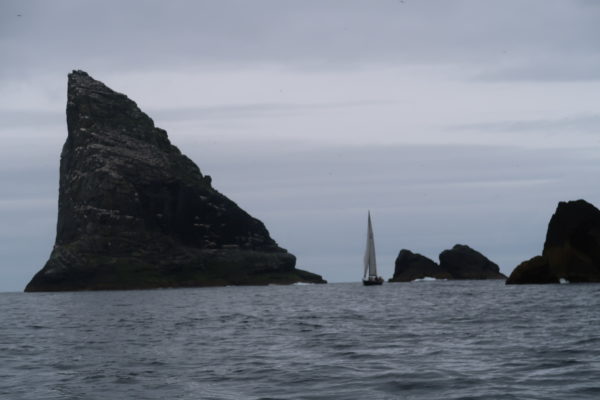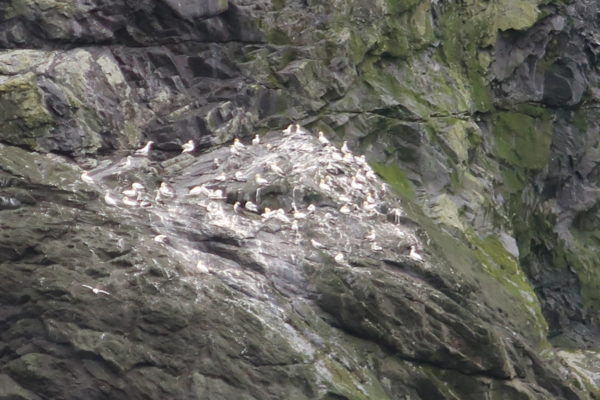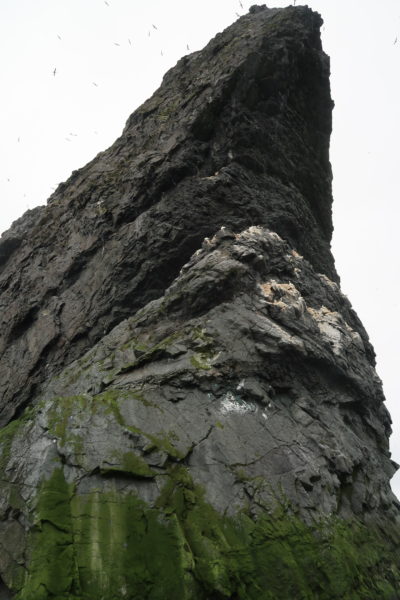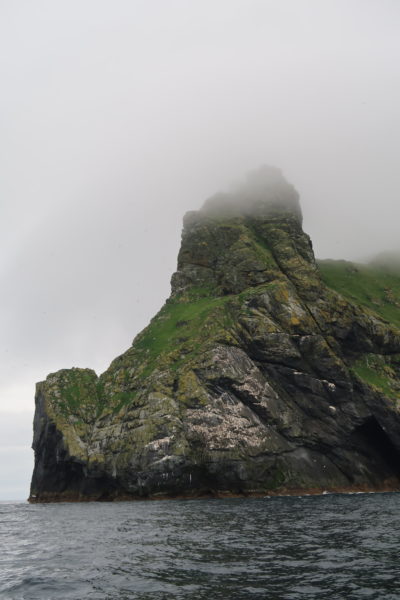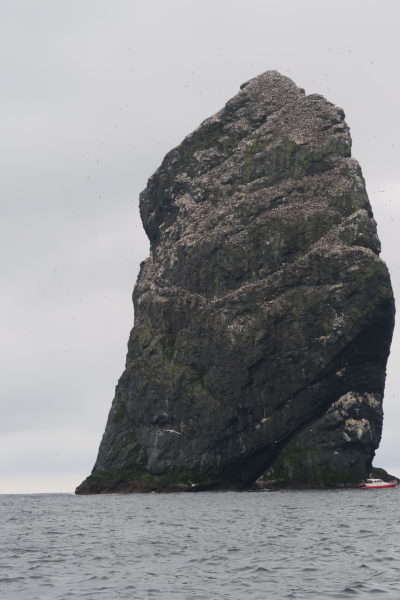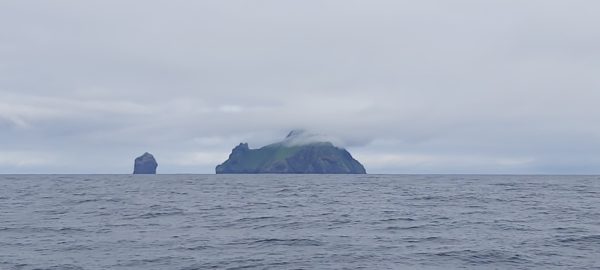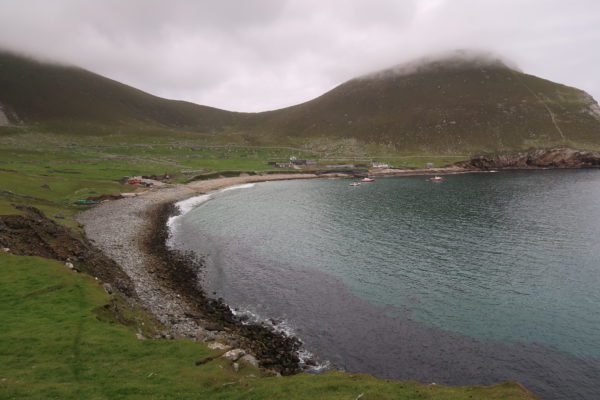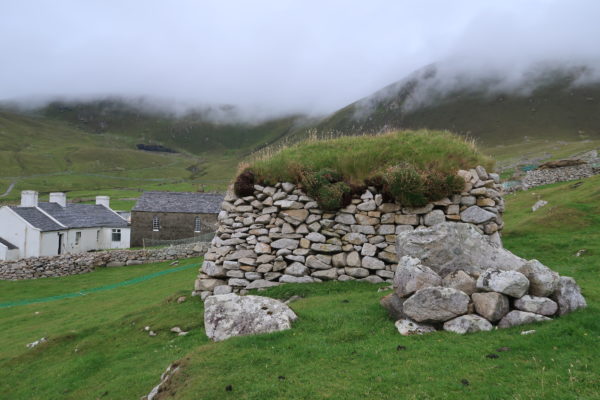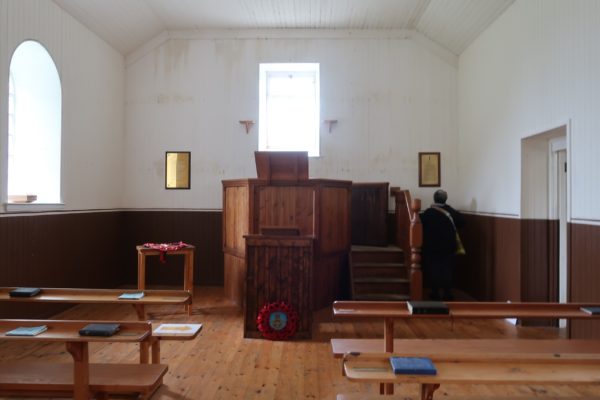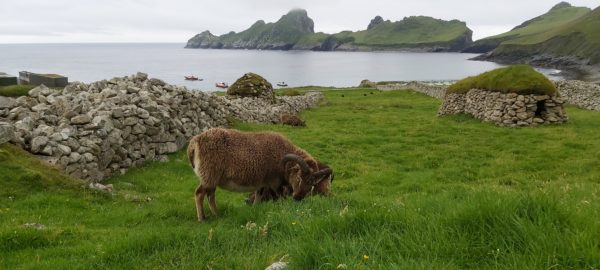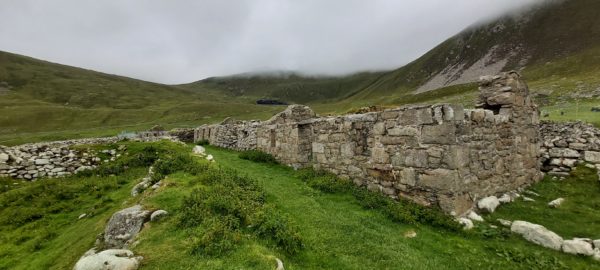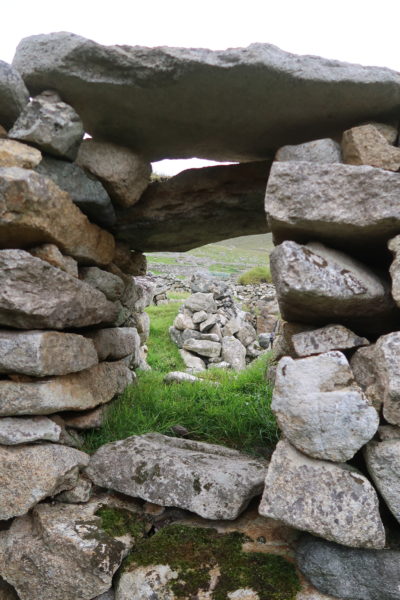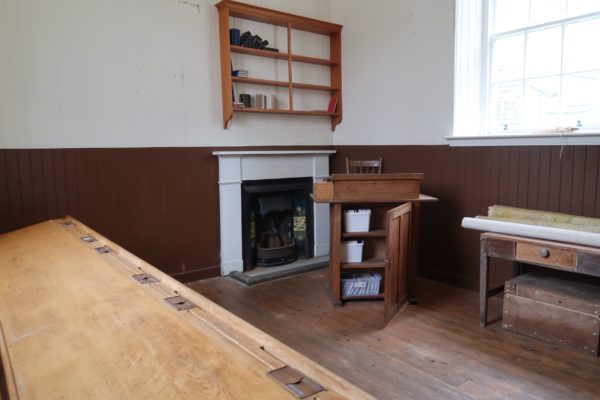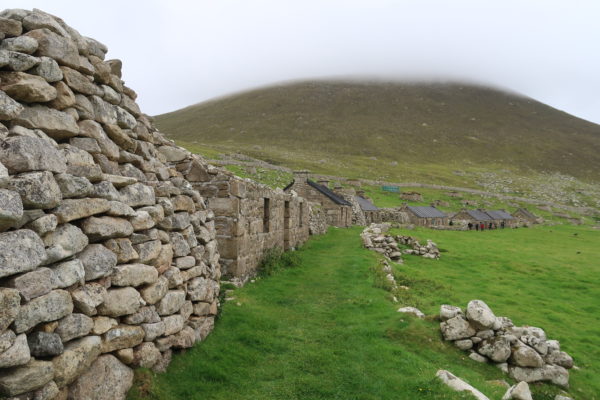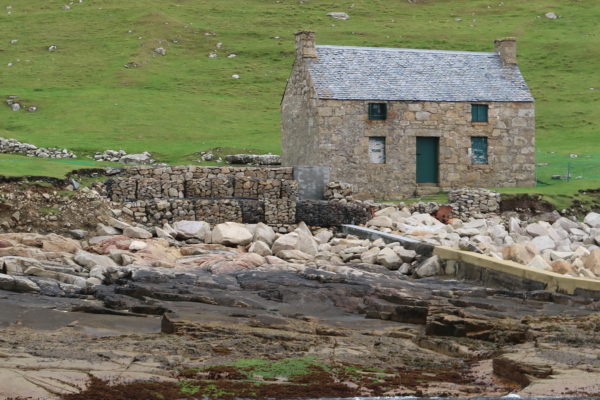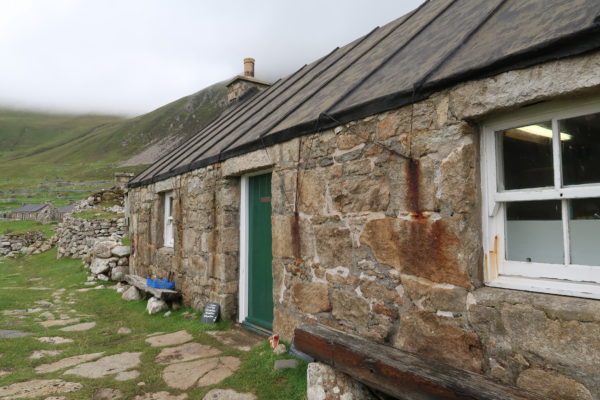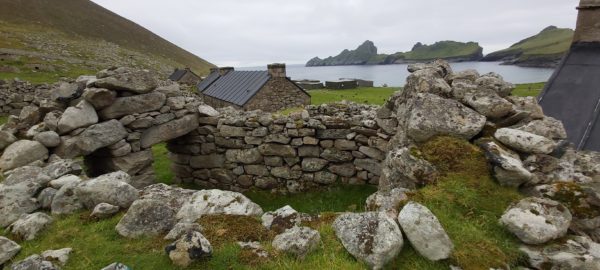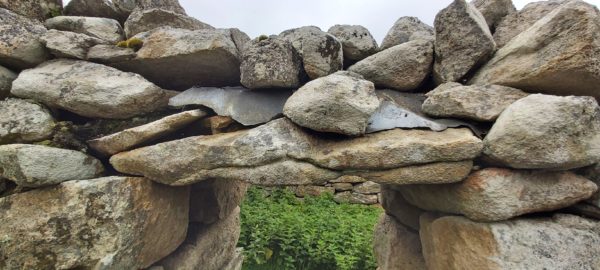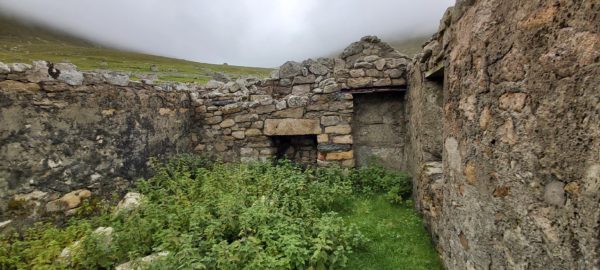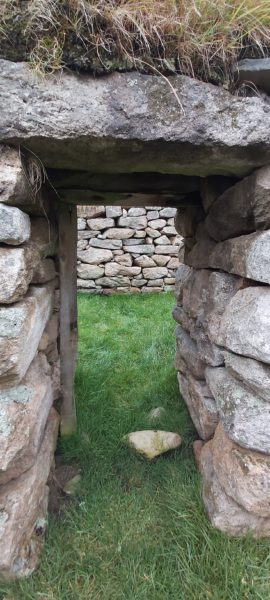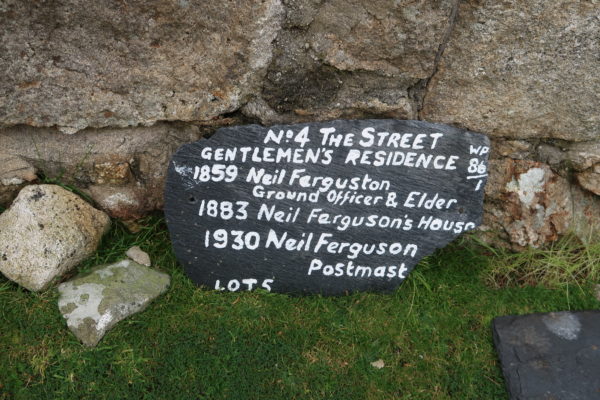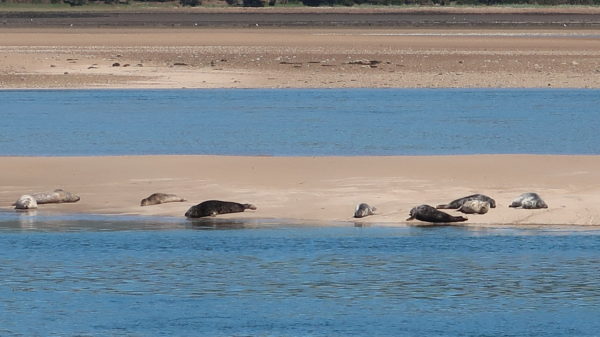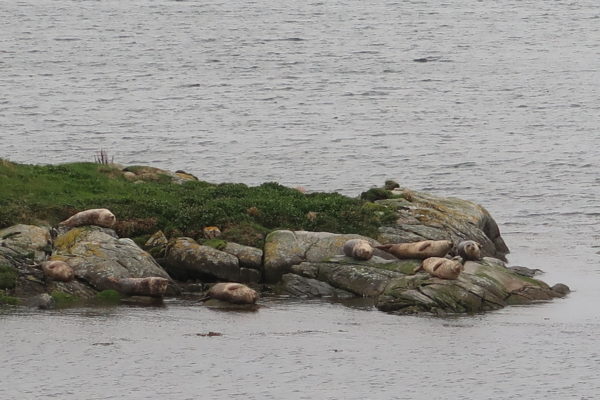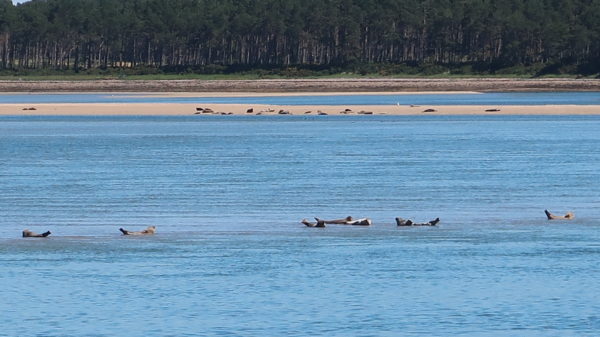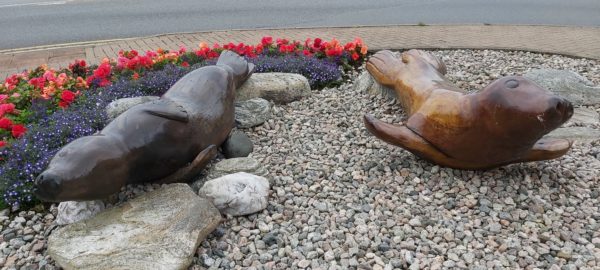Pearù a tuath – làraichean eachdraidheil
Raon a’ chladaich
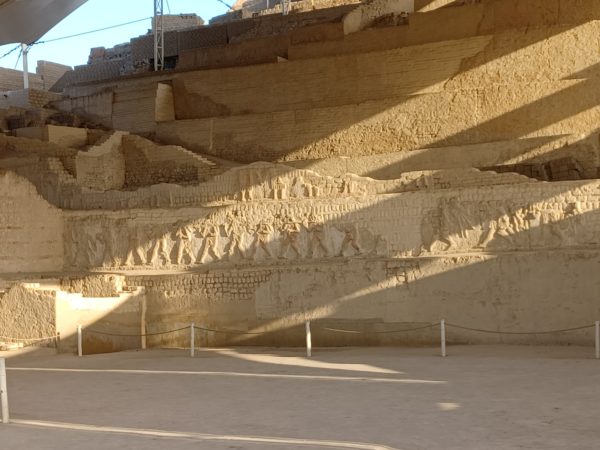
Bha mi ann am Pearù 3 seachdainean uile gu lèir. Chuir sinn mu aon seachdain anns an raon rèidh ghainmheach air a’ chosta tuath air Lima, sgìre le mòran phioramaidean tomadach, dèanta às na milleanan de bhricean-eabair (adobe). ‘S e fuigheall theampuill agus lùchairtean ro-Choluimbeanach (agus ro-Inca) a th’ annta, aig na cultaran mòra Moche (c.100-700 AD) agus Chimu (c. 900-1470), agus bha sinn aig làraichean fìor dhruidhteach mar Huanca de la Luna, El Brujo, Cao agus Chan Chan. Chan urrainn dhut gun a bhith làn mòr-mheasa ro na sgilean-togail adhartach innleachdach a bha aca mar-thà.
Sgapte air an fhàsach seo tha plantachaidhean-siùcair agus àiteachas eile, nach biodh rim dèanamh idir gun dòighean-uisgeachaidh a stèidhich na cultaran eachdraidheil seo. Tha bailtean brèagha trang ann cuideachd, mar Trujillo, le ailtireachd cholonaidheach agus raointean spàgach de thaigheadais earragis air an iomall.
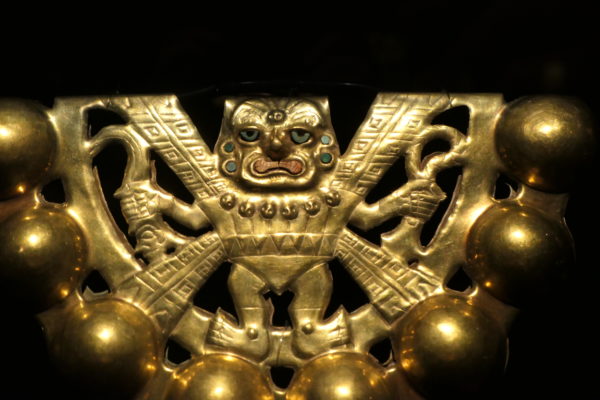
Uair eile bha sinn nas fhaide tuath san sgìre mu Chiclayo, gus na làiraichean aig Tucume agus Lambayeque (c.800-1350 AD) fhaicinn, leis an taigh-tasgaidh ainmeil “Lord of Sipan”, làn earrasan-uaighe luachmhor à tuama phrionnsail.
Tha taighean-tasgaidh fìor mhath aig gach làrach eachdraidheal, a’ sealladh caochladh iongantach de bhathar-criadha, bhuill-cheàirde, òir is airgead às na cladhaich arc-eòlais, a dh’aindeòin nan linntean de robairean-uaighe.
Andes
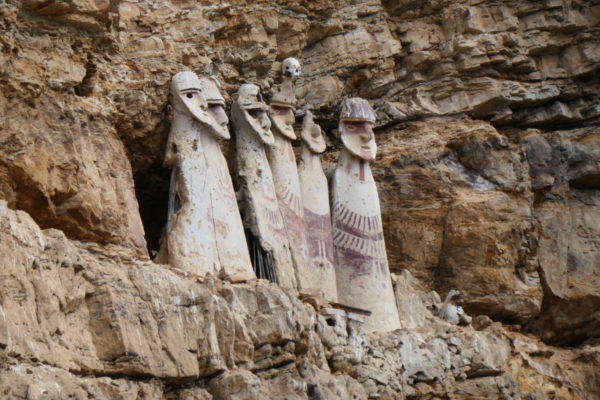
Chuir sinn seachdain eile seachad anns na h-Andes a tuath gus tadhail air làraichean ro-Choluimbeach anns na gleannan torrach brèagha àrda, gu h-àraidh an fheadhainn aig na Chachapoyas (c.900 – 1500 AD), “Laoich nan Sgòthan”. An seo ‘s e na cleachdaidhean-adhlacaidh a tha gu sònraichte ùidheil. Ann an Revash, Karajia agus an sgìre Leymabamba chaidh mumaidhean a chur a-steach do chisteachan-laighe neo-àbhaisteach, ann an cruth dhaoine neònach no taighean, làraichte do-ruigsinneach àrd air aodainnean-creige dìreach. Tha an taigh-tasgaidh ann an Leymabamba loma-làn de mhumaidhean. Chì thu cuideachd eisimplearan de “trepanning” an sin, obair-lannsa air a’ chlaigeann gus bruthadh air an eanchainn a lùghdachadh – mar as trice gu soirbeachail. Air sgàth suidheachadh àrd nan làraichean sin, bha againn gu tric ri dìreadh gu math fada, air ceumannan casa, uaireannan le bhith a’ cleachdadh eich! Rinn sinn sin cuideachd dhan dùn ana-mhòr àrd Kualep, iongantach math dèanta à blocaichean-cloiche aibhseach – fada ro na h-Incas.
Bha làrach fada na bu tràithe ann cuideachd aig Cumbe Mayo, faisg air Cajamarca, duct-uisge ro-eachdraidheil (c. 1500 BC). Tha e ag obrachadh fhathast, le lùban toinnte air an gearradh às a‘ chloich gus maille a chur air an t-sruth, gun innealan meatailt a bhith aca, agus petroglyphs inntinneach air an t-slighe. Cuairt-bheinne chas eile againn!
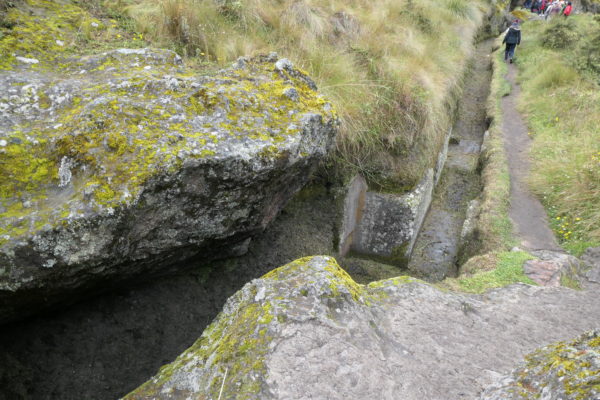
Tha an sealladh-dùthcha shuas anns na h-Andes dìreach òirdheirc, agus chanainn gu bheil na rathaidhean cumhang cas lùbach gu math dùbhlanach, aig a’ char as lùgha!
An ath thuras cuiridh mi crìoch air an aithisg agam leis na làraichean Inca, ceann a deas Phearù – an Gleann Naomh agus Machu Picchu.
++++++++++++++++++++++++++++++++++
North Peru – historical sites
Coastal plains
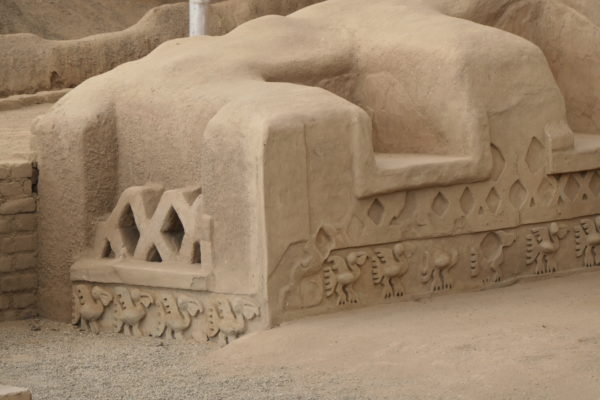
Of the 3 weeks in Peru, about a week of our tour was spent in the flat, sandy coastal region north of Lima, with its massive pyramid-shaped structures made of millions of mud-bricks (adobe), the impressive remains of pre-Columbian (and pre-Incan) temples and palaces, especially those of the great Moche (c. 100 – 700) and Chimu c.(900 – 1470) cultures, at El Brujo, Huaca de la Luna, Cao and Chan Chan. You couldn’t but be impressed by the inventive, advanced building skills they had already had then.
The desert is interrupted by sugar plantations and other farming, only possible due to irrigation techniques established by these early cultures, and busy attractive towns like Trujillo with colonial architecture and sprawling makeshift developments on their edges.
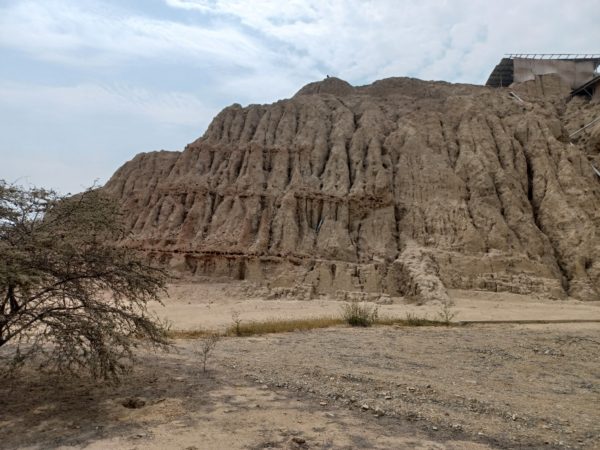
Later we went further north to the area around Chiclayo, visiting the Tucume and Lambayeque historic sites (c.800 – 1350 AD) , with the famous “Lord of Sipan” museum displaying amazing finds from a princely burial.
All the historic sites in fact have excellent museums, showing the huge variety of astonishing ceramics, artefacts, gold and silver from excavations, despite centuries of grave-robbers.
Andes
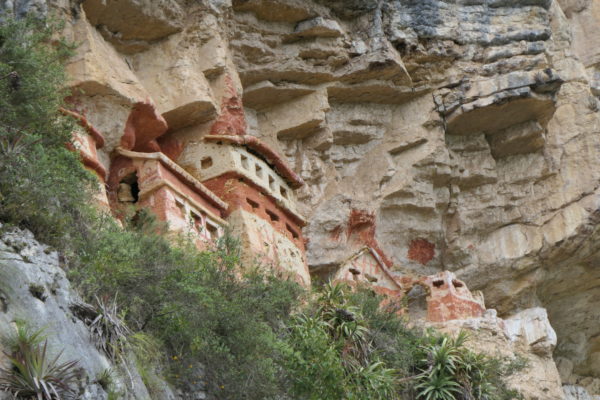
We also spent about a week in the northern Andes, visiting early Andean cultural sites in the beautiful, green high valleys, particularly the Chachapoyas culture c. 900 – 1500 AD, the “Warriors of the Clouds”. Here one of the main focuses was the fascinating burial practices. In Revash, Karajia, and near Leymabamba, mummies would be placed in different kinds of elaborate sarcophagi and somehow lodged high on inaccessible cliff-faces, some house-shaped, some curiously human-shaped. Leymebamba has a museum full of different mummies, and also examples of trepanning – surgery cutting into the skull to relieve pressure (usually successfully). Most of these high sites meant we had to hike up steep hills to see them, sometimes using horses for parts of the way – also to visit the massive Chachapoyan fortress of Kualep, astonishingly well-built out of huge blocks of cut stone – long before the Incas.
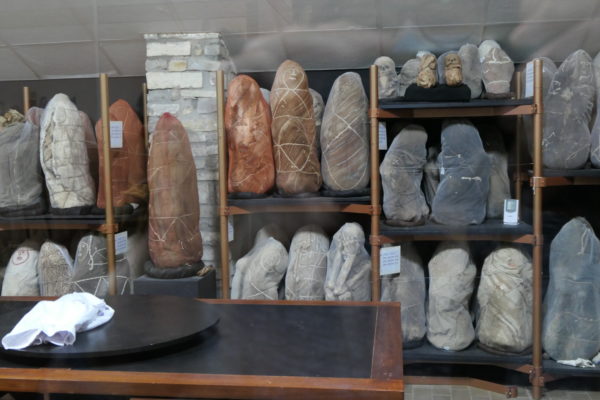
A much earlier site was the prehistoric (c. 1500 BC) stone aqueduct at Cumbe Mayo, near Cajamarcas, still functioning today, with complicated stone bends cut in the stone walls (without metal tools) to slow the flow, and interesting petroglyphs along the way. Another mountain hike for us!
The scenery in the high Andes is spectacular, and I would call the steep, winding roads adventurous, to say the least!
Next time I’ll finish off my story with the Inca sites in the south, the Sacred Valley and Machu Picchu.
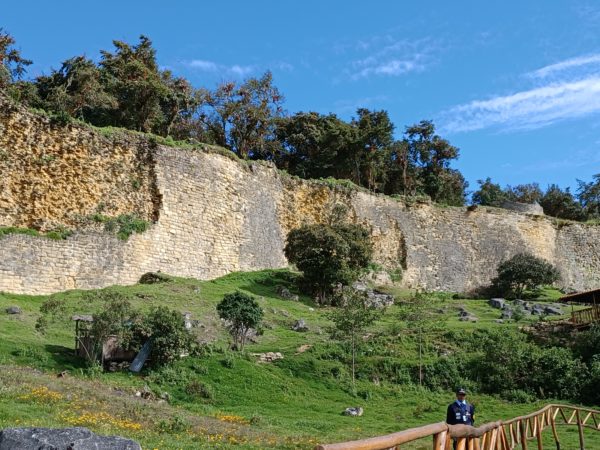
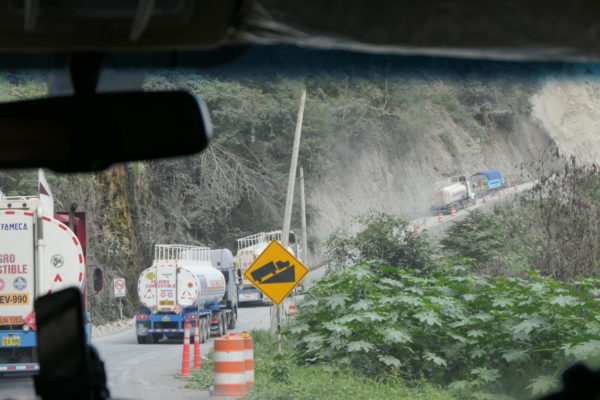
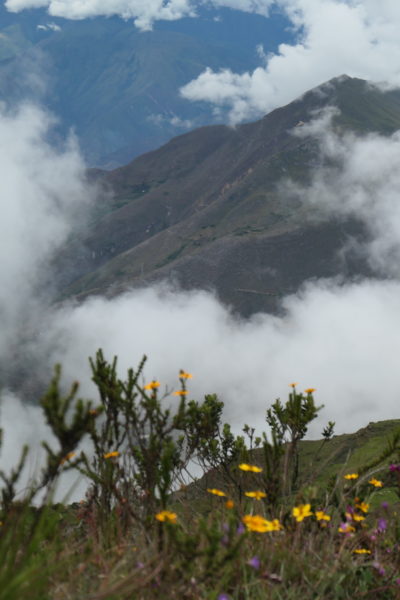
Tadhail air seaboardgàidhlig
Powered by WPeMatico

